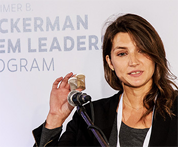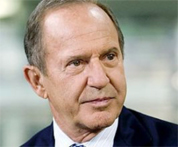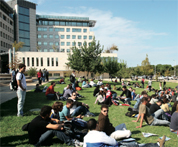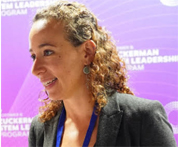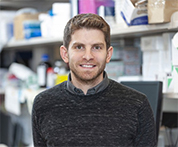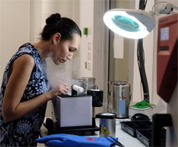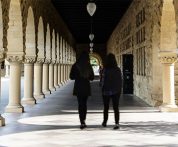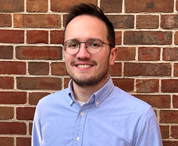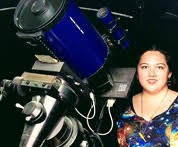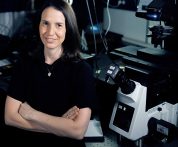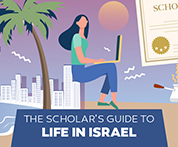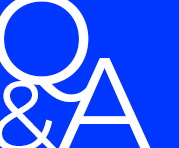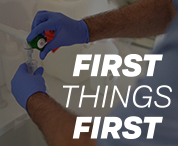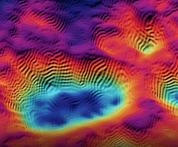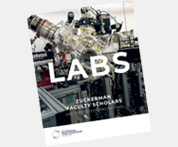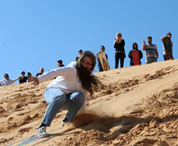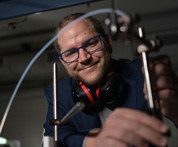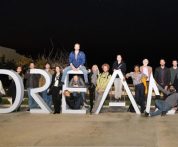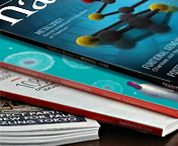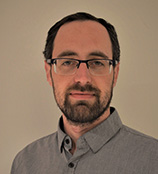Mammals’ circadian systems regulate the timing of when behavioral and physiological events occur along the day. They are composed of a single master “pacemaker” in the brain which synchronizes a population of peripheral clocks throughout the body. For his PhD in the Department of Biomolecular Sciences at Weizmann Institute of Science, Gal Manella used gene expression analysis and organotypic cultures to show that in different tissues, these clocks can be synchronized by different signals, and can misalign under specific conditions such as hypoxia, when oxygen supply is inadequate, suggesting that circadian misalignment participates in the pathophysiology of sleep apnea. In an example of how peripheral clocks communicate, he demonstrated that the liver clock affects the function of peripheral rhythms in other tissues, especially in response to changes in feeding time. His findings could assist research on drugs that affect circadian clocks.
Dr. Manella’s postdoctoral research in the Division of Biology and Biological Engineering at Caltech focuses on the embryonic formation of segments and their corresponding structures along the spine. This process is based on a segmentation clock: a self-sustained oscillator with a period of a few hours that resides in the cells of the embryo’s elongating tail. Dr. Manella is engineering a synthetic segmentation clock that could elucidate how cells can self-organize into complex multicellular shapes and patterns. This could be a step towards using patient-derived stem cells to self-organize outside the body into a complex tissue that could then be transplanted back to the patient. His research could have immense implications for the fields of tissue engineering and regenerative medicine.
Dr. Manella is interested in scientific communication, frequently writing articles on topics in biology for general audiences. He recently co-published an article that described the history and evolution of the clock metaphor in science, and its effects on the way scientists conceived their subjects and designed their experiments.
 ISRAELI COUNCIL FOR HIGHER EDUCATION
ISRAELI COUNCIL FOR HIGHER EDUCATION MIT-Israel Zuckerman STEM Fund for Faculty Collaboration
MIT-Israel Zuckerman STEM Fund for Faculty Collaboration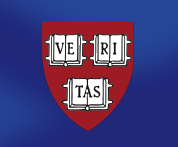 The Zuckerman Travel and Research STEM Fund at Harvard
The Zuckerman Travel and Research STEM Fund at Harvard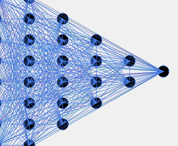 Zuckerman AI Fund at Technion
Zuckerman AI Fund at Technion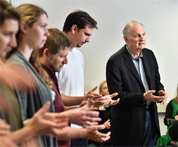 Alan Alda Communicating Science
Alan Alda Communicating Science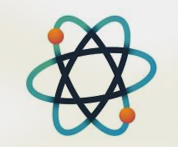 Zuckerman Institute – ScienceAbroad
Zuckerman Institute – ScienceAbroad Zuckerman Institute – America-Israel Friendship League partnership
Zuckerman Institute – America-Israel Friendship League partnership
